A community dig in Sutherland has yielded a trove of fascinating finds and insights into the lifestyle of one of its notorious 18th century characters, the ‘bad minister’.
Reverend Walter Ross’s reputation must have preceded him when he came to take up his Clyne parish in 1777.
The people- mainly women, says Donald Sage in his Memorabilia Domestica — literally wanted to murder him when he first arrived.
He wasn’t their choice, they wanted a Rev Graham, ‘a native of Lairg and known to be a godly man.’
But the Countess of Sutherland ‘was an enemy of God’s truth’ and had different ideas, bringing in a man who saw things her way.
A close call
Feelings ran so high when he was first presented to the community that he narrowly escaped with his life.
His rescuer, a Captain James Sutherland who was the 17th Earl of Sutherland’s factor, wrote later that without his intervention, Ross would have died.
But from this inauspicious start, Ross managed to brazen his way through his one and only tenure to live in some style and become a very rich man.
He married Elizabeth, daughter of Capt John Sutherland, tacksman at Clynelish and they had a daughter, lost in infancy, and a son William who went on to become a respected physician in Tain.
To get a glimpse into Ross’s past, Clyne Heritage Society (CHS) has just completed a week-long dig on the site of his second home at Grianan, a prominent site with magnificent views over the strath and Loch Brora.
Rev Ross invested considerable capital turning what would have been a fairly primitive dwelling in the early 18th century into a home of some status.
He kept cattle on the site, and had taken two other tacks from the Sutherland estate which according to the sums left in his will, became money-making machines.
His financial acumen soon recommended him to Balnagown estate owner Sir Charles Ross who took him on to turn around his fortunes.
He seems to have spent considerable tracts of time living in the castle there.
CHS chairman Nick Lindsay has long been fascinated by the tales of the ‘bad minister’.
He said: “Walter Ross made money any way he could. He got involved in smuggling illicit spirits.
“His friend, a Clyne merchant named Hugh Houston received a consignment of illicit gin and brandy from the continent one day, and then got word that excise was going to come up and seize it.
“Walter Ross immediately offered to help, and Ross rounded up all the able-bodied men in the parish and they met in the middle of the night at Houston’s store, transported the contraband to Clyne church and hid it under the East Gallery.
Cheating the excise men
“When the excise men came the next day there were no spirits to be found and they went away empty-handed.”
Ross died a rich man, and lived way beyond the dreams of most in his parish.
From slumbering in a feather bed to a commissioning a portrait by none other than Henry Raeburn, there was no end to his style.
The inventory of his home after his death in 1825 revealed contents of Clyne manse to be worth more than £21,000 in today’s money.
“He wasn’t very conscientious,” Nick said. “He used to say when he was in the pulpit, if it’s raining next Sunday I’ll see you all here, but if it’s sunny I’m out shooting foxes.”
Donald Sage writes that “as a preacher, he was nothing at all, for the reason that his sermons were not his own.”
He had such a keen memory that he would read and absorb the sermons of his clerical friends, and afterwards, for a bet, preached them himself.
Sage carries on his condemnation: “His private character had no moral weight, for not only was his conversation light, worldly and profane, but it was characterised by exaggeration and absolute untruthfulness.”
Funds are raised for the dig
CHS managed to raise £5,000 for the dig from Gordonbush windfarm, Highland Council, Gordonbush estate and a contribution from Nick himself which he raised by running a marathon in Istanbul.
Glasgow-based Guard Archaeology came on site, along with nine students from Glasgow and Edinburgh Universities.
Around 25 community volunteers of all ages and walks of life pitched in every day.
Brora primary children also visited and got down and dirty with trowels.
“They don’t get taught local history, and they went away with great memories,” Nick said.
One of the most exciting finds almost found itself in the bin.
Linda Graham, who runs Linda’s Cafe in the village found an old, yellowing spoon not long after she started her stint.
Nick said: “She said, here’s an old plastic spoon, I’m going to throw it away.
“In fact it is a beautifully made small bone spoon.
“She was amazed.”
Exquisite design
Guard Archaeology project manager Alan Hunter Blair, known as Blair, says in his 30 years on sites he had never seen anything like it.
“It has a beautiful profile, aesthetic and design, with exquisite detailing on the shoulders.
“It could have been made locally, or bought in, but locals definitely wouldn’t have been using anything like it.”
Blair said he was also blown away by the discovery, by local volunteer Ellen Lindsay, of two lines of decorative red tiles on either side of the paved entranceway.
Blair said: “They’re very unusual. They could have come from Brora brickworks which started in 1814.
“Mortar has been used to bond the fabric of the walls which is also very unusual in the rural Highland, as are the internal plaster walls.”
The nearby byre, partly exposed during the dig, also impressed Blair for its quality.
“It has a cobbled entrance and flagstones, it’s configured to make it easy to milk the cows and muck them out.
“It may also have been a working dairy, we found fragments of a stone vessel.”
Other finds included a ‘scribe’ for writing on slate, found by student Kaami Islam, a mother-of-pearl shirt button, a blue glass button, some leather, a smashed medicine or poison bottle, a smashed plate, part of a pewter spoon, part of a large slate and the shank of a wooden or bone handle.
Another remarkable find was a tiny piece of faceted jasper.
Janet French from Swindon had come back to her ancestral area for holidays and was taking part in the dig when she spotted the minute four-sided semi-precious stone.
It’s likely to have fallen out of its setting as part of a larger piece of jewellery.
Janet said: “I could see something sparkling. It was really exciting.”
A tasty find
The dig also yielded something perfectly edible after 200 years.
Kevin Grant, an archaeology officer with Historic Environment Scotland, spotted something distinctive growing in an old enclosure long since gone to rack and ruin.
Nothing less than rhubarb, which might have been planted during the time of Walter Ross.
He harvested a bunch — “a bit more sour than modern cultivars” — and made a delicious cake for the volunteers to enjoy the next day.
The house remained inhabited up to the 1911 census.
After Ross came a newly-wed couple, he 79, and she 27.
“He died after three years and she was able to marry again,” said Nick.
Site made secure
After a week of hard graft, the volunteers have backfilled the site, keeping its remaining secrets secure until funds can be found to have another look.
The finds will be examined and dated by the relevant experts before going through the Treasure Trove process.
Nick hopes eventually they will be returned to Brora, to be housed in the brand new accredited museum CHS is planning in Old Clyne School.
More like this:
Tilleys, Rayburns and dipping ink: Memories of a 1950s childhood in Sutherland
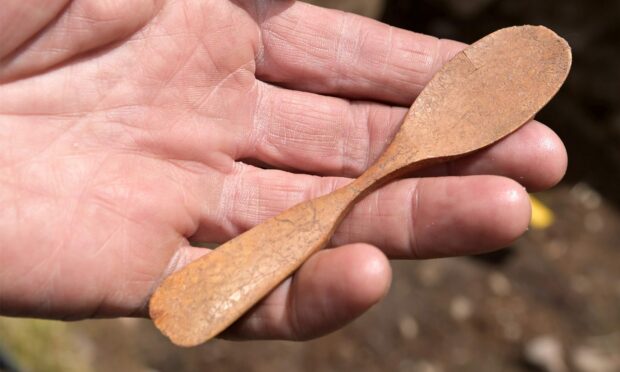
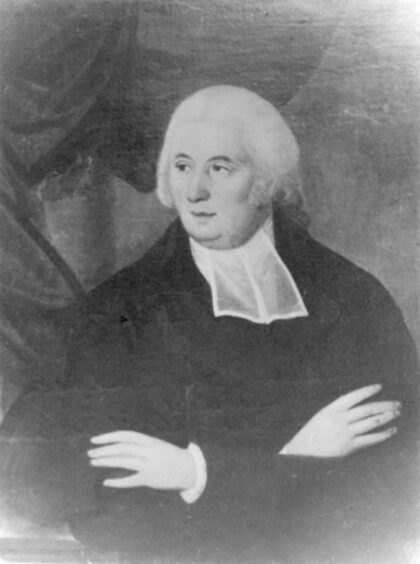
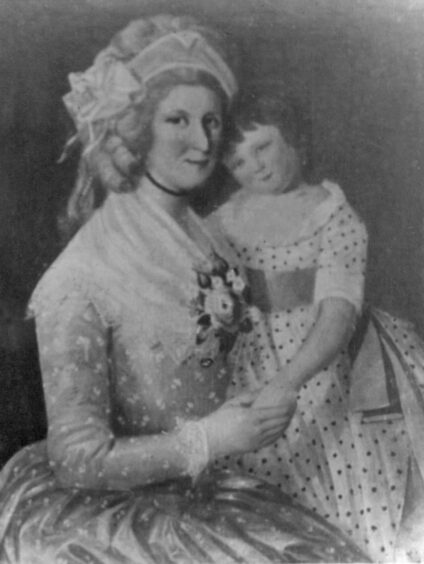
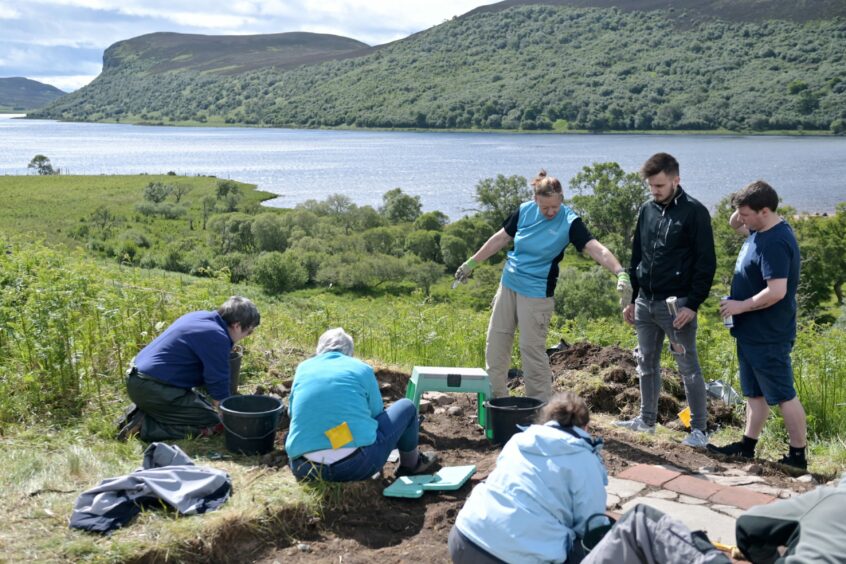
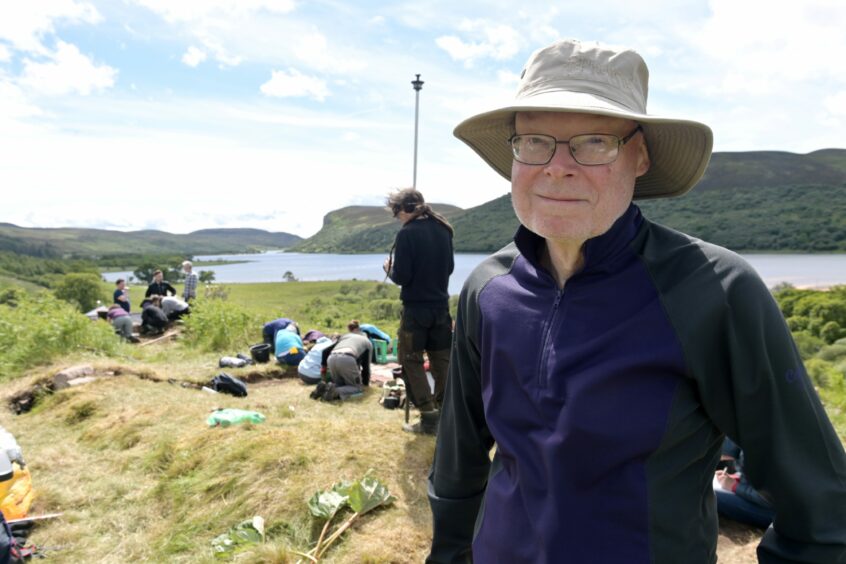
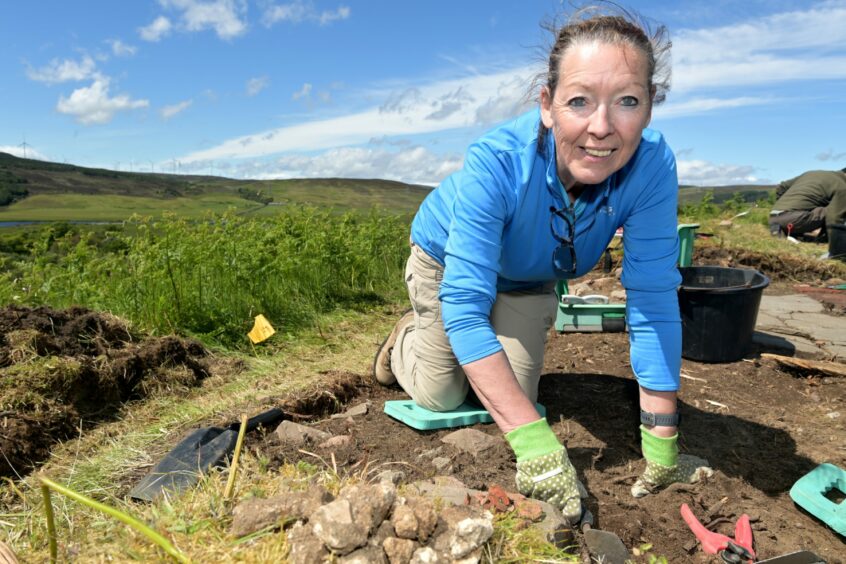
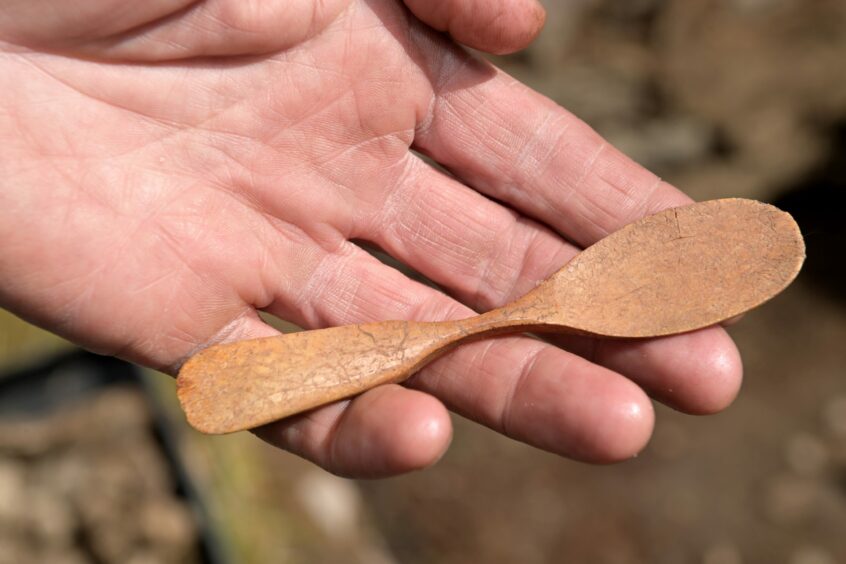
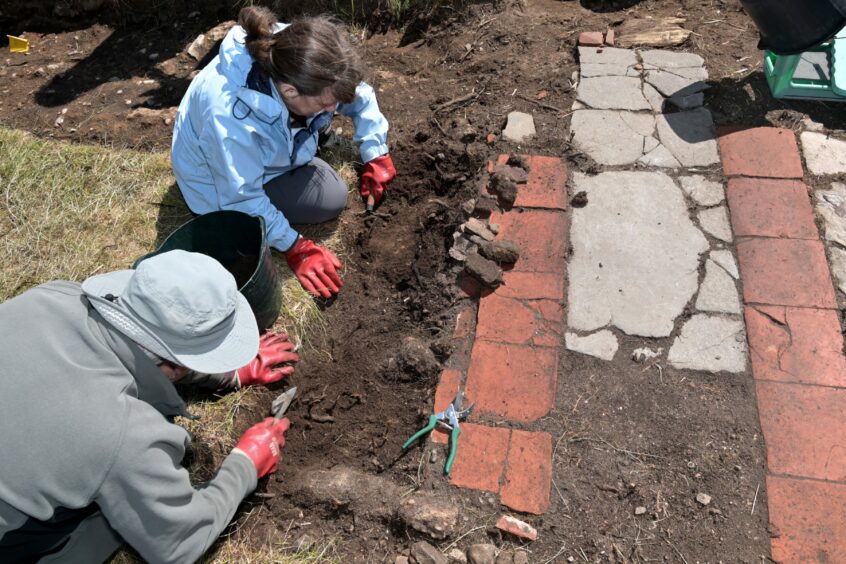
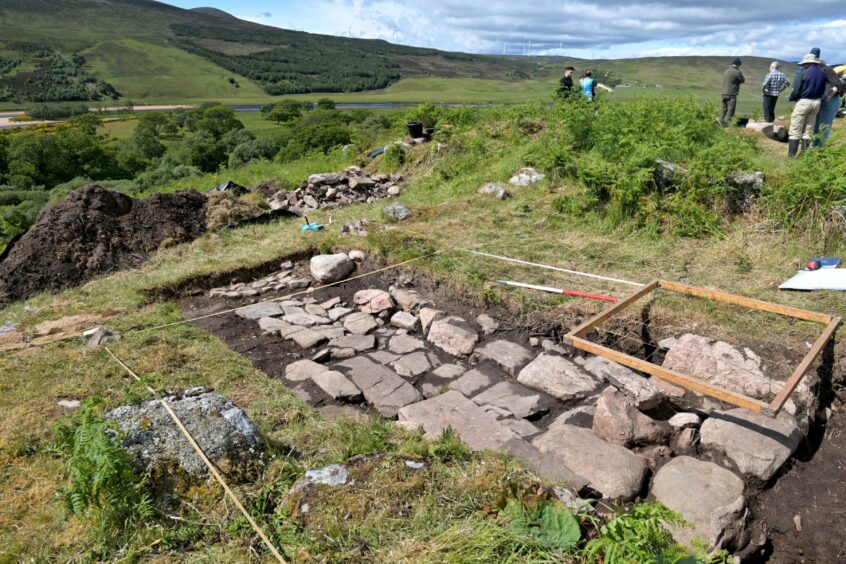
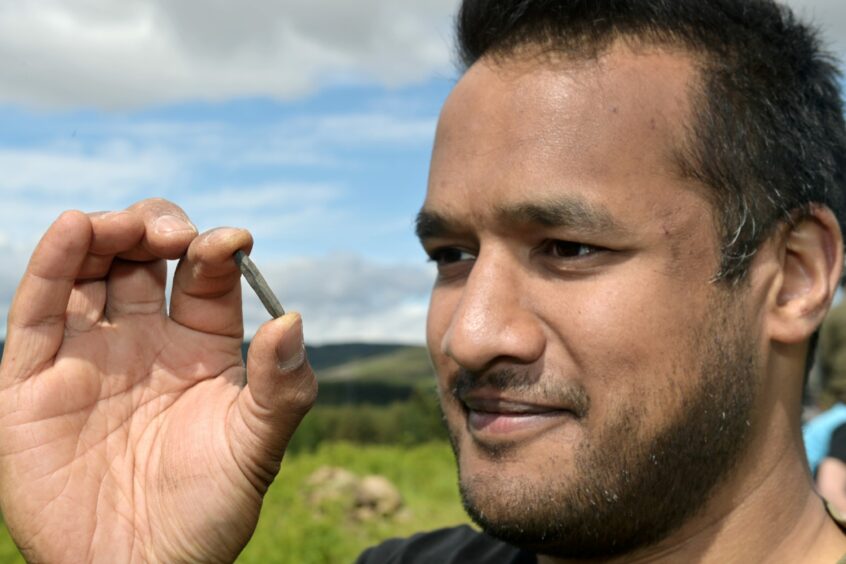
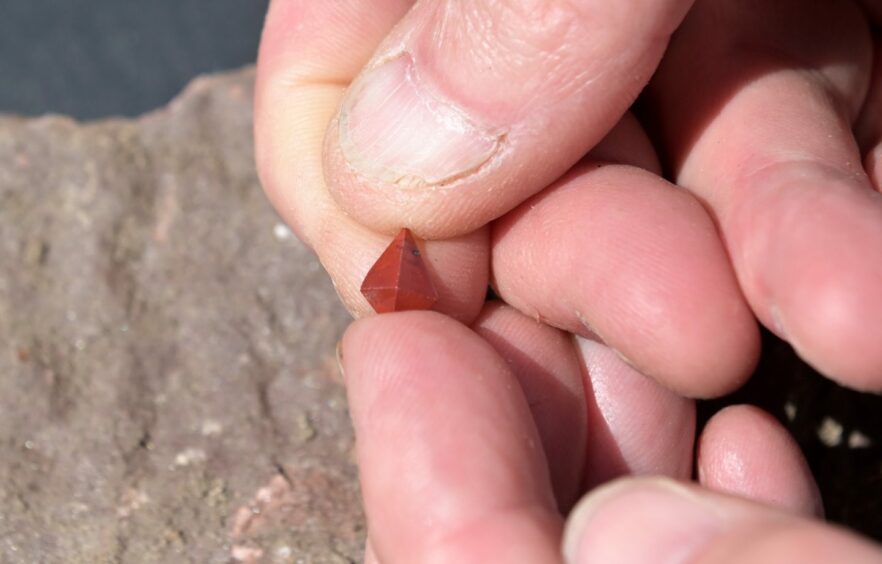
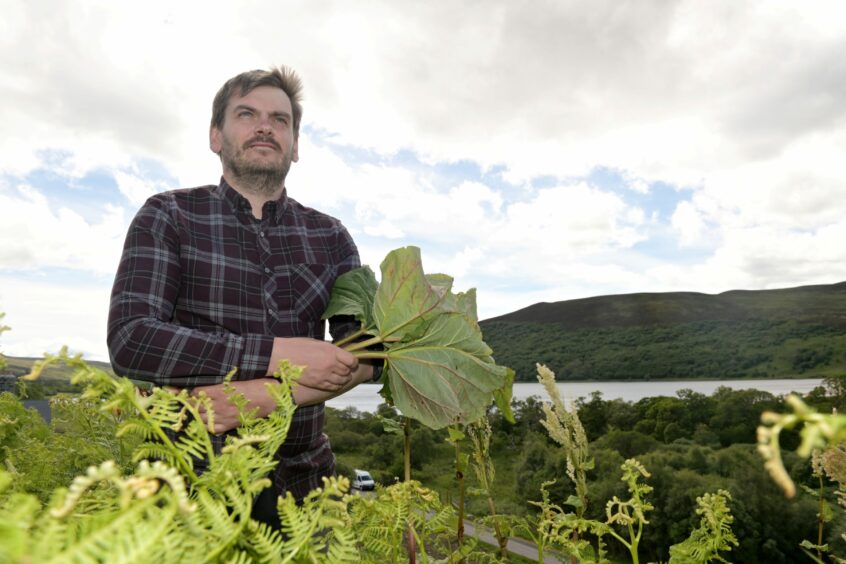
Conversation